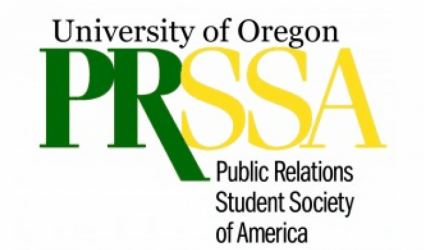Didn’t make it to our meeting last night? We heard from Trevor Steele, Communications Strategist at Funk/Levis & Associates. Here are six things we learned from him about crisis communication and digital strategy:
Always expect the unexpected. Be prepared for crisis by doing your research, understanding your audience and what their concerns might be, being aware of related issues and preparing for more than one outcome of a situation.
Details matter. Even the smallest errors make a difference in your reputation and future success. What may seem like a minor mistake could become a liability for your client.
The biggest difference between crisis communication and normal PR is time. Crisis communication is the same; it just happens faster.
Every crisis is different, but every crisis has happened before. However, in most situations, you don’t really have enough time to think about what’s happened before. When handling a crisis in the moment, get as many details as you can. Ask yourself what the first question is that other people will want to know and find the answer. Time and information are the two critical pieces you need in order to solve a crisis.
Be aware of the media filter. The media filter is what the media decides to show out of the information you provide them. Sometimes you have to get around the media filter in order to get your message out.
Want to work in crisis communication? Be a good writer. Writing is critical when dealing with crisis. Train yourself out of writer’s block by practicing writing on demand about topics you know nothing about.
Join us for our next meeting on November 19 to hear UO alum Jen Eisenmann talk about her role as the social media and event production for the SF Giants.
Hannah Osborn, Public Relations Director, is a senior pursuing a double major in public relations and magazine journalism. She manages all UO PRSSA social and digital media platforms. Follow her on Twitter at @hannahmarieoz.


